Textile production
Every single step during textile production was of high importance and influenced the life of the people - the finer a textile was to become, the more work and, most of all, time had to be put into the production process. And the richer one had to be in order to afford it. There are a lot of finds connected to textile production such as combs, spindle whorls and parts of looms. Burial gifts of such tools in different female graves suggest the importance of such handicrafts in everyday life.
We occupy ourselves with textile production in order to re-enact this aspect of Viking Age life. We want to explore every possible step of wool processing - from sheep to fabric. This includes cleaning and combing raw wool fleeces, spinning of the fibers to get a yarn and finally sewing, embroidering, nalbinding or weaving with this yarn. The wool is being dyed in the process with plants or fungi if needed.
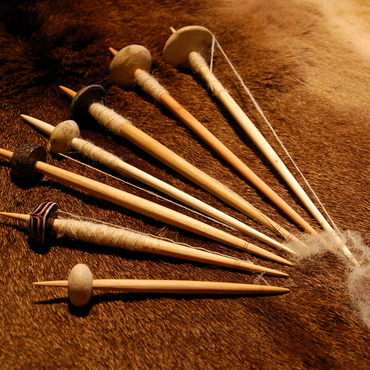
Levels of Textile Production
According to Eva Andersson Strand, four different levels of textile production can be distinguished.
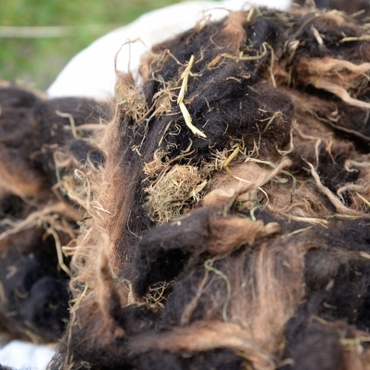
Raw Wool
The raw wool contains everything left in there when the sheep is shorn. Including insects, flora and things from the stable floor.
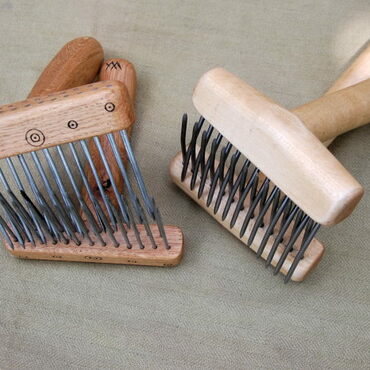
Combing
By combing, the wool is being prepared for spinning.
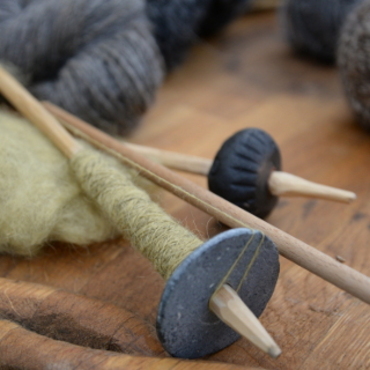
Spinning
With the spindle, the wool is spun into a thread.
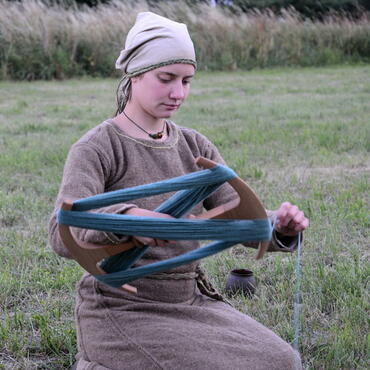
Using a niddy noddy
After spinning, the yarn might be wound onto a niddy noddy.
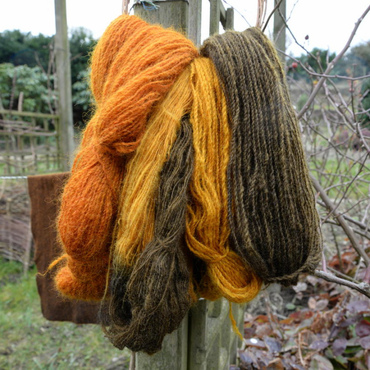
Dyeing
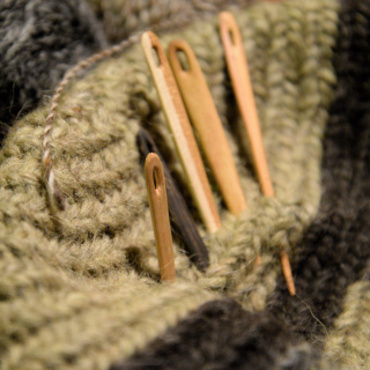
Nalbinding
Different garments can be produced with this old technique.
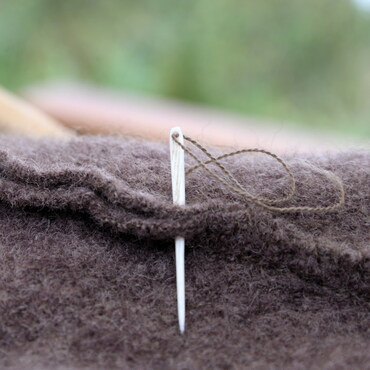
Sewing
Finally, pieces of cloth are sewn into garments.